Lip Plumpers
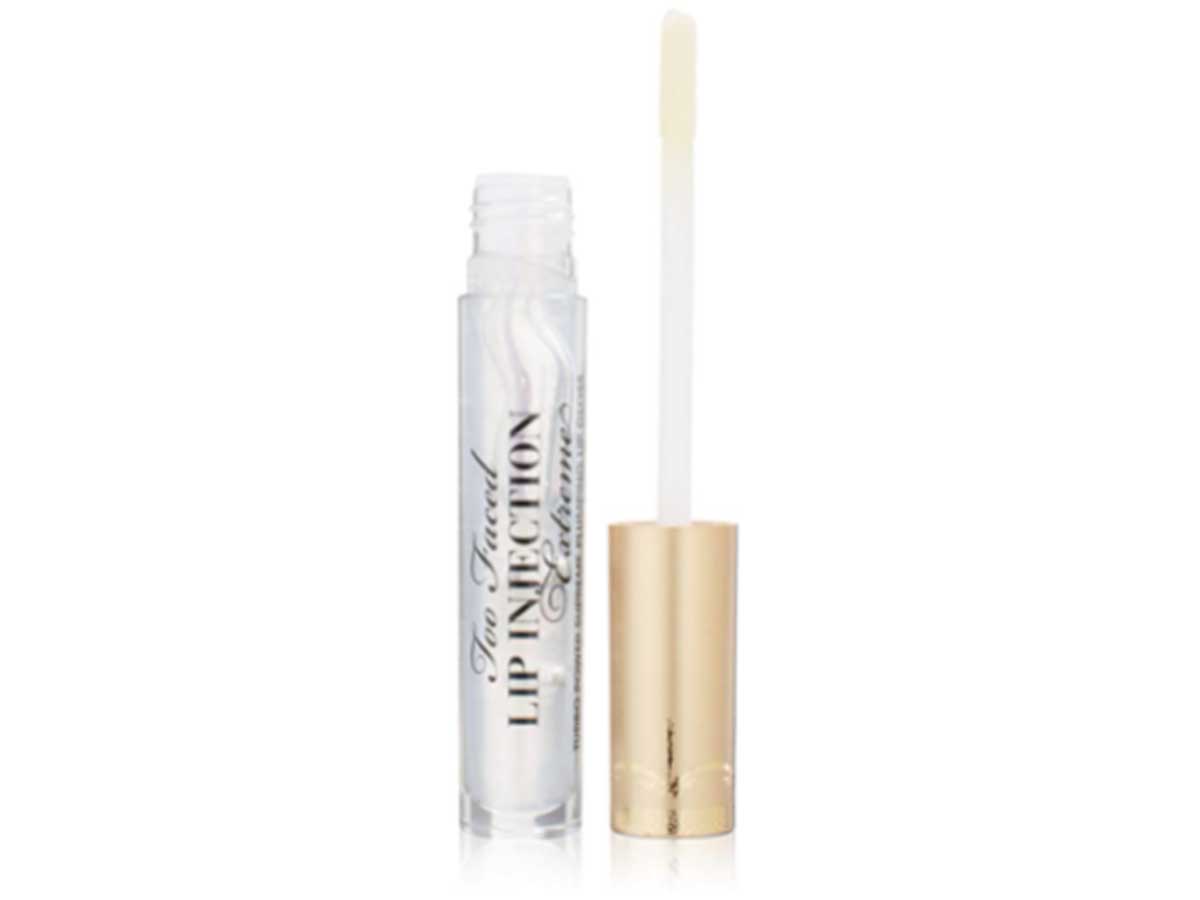
A trend went around not too long ago that encouraged people to use suction to enhance the size of their lips. Some people went too far with the fad, which caused their lips to bruise and split open. This wasn’t deadly, but it could easily lead to an infection. It goes without saying that this was also extremely painful and disfiguring. So what do lip-plumping glosses actually do?
According to Dr. David Shafer, who talked to Today Style about the effect, "Topical lip plumpers work by holding onto moisture in the skin surface, which results in a localized swelling effect. This gives the lips a fuller and smoother appearance." He goes on to say that you can tell a gloss is good when it doesn't cause visible irritation, excessive swelling, a waxy appearance, and doesn't require multiple applications throughout the day.
Teeth Whitening
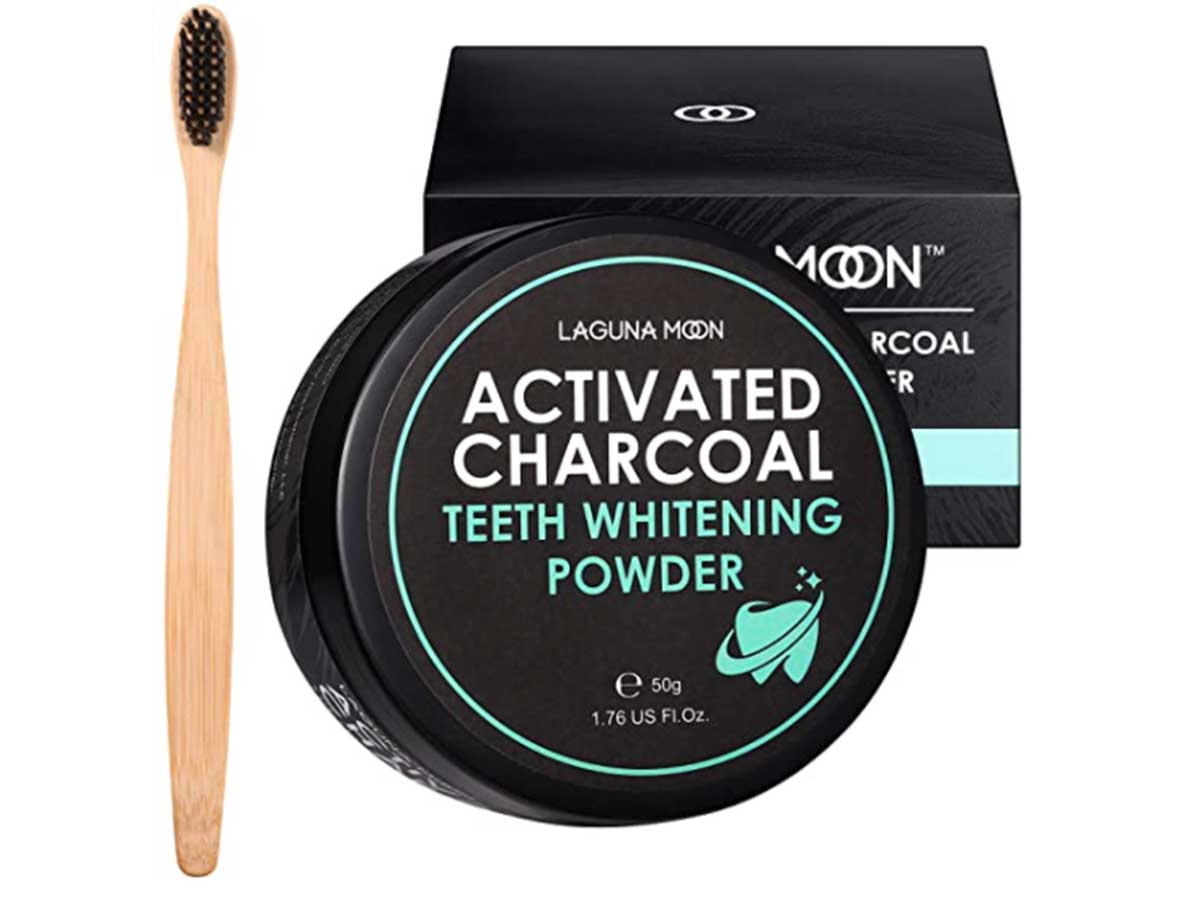
Leave it to Western society to come up with newfound ways to make people feel insecure. Recently, we've been on a quest to make our teeth as white as possible, but sometimes this can be dangerous. Most teeth whitening products contain hydrogen peroxide which can weaken your tooth enamel. This will make it more sensitive and easy to break. If teeth whitening is prolonged, this damage can even be permanent!
From LED teeth whitening to over-the-counter whitening strips, this beauty trend is wholly unnecessary. One of the most common causes of tooth discoloration — besides poor dental hygiene — is staining from lifestyle habits. What does that include? Coffee, tea, soda, starch-filled foods, and wine. Sorry, Millennials! Poor dental hygiene also affects your smile, but we shouldn't have to worry about the brightness of our teeth as long as we take care of them!
UV Nails
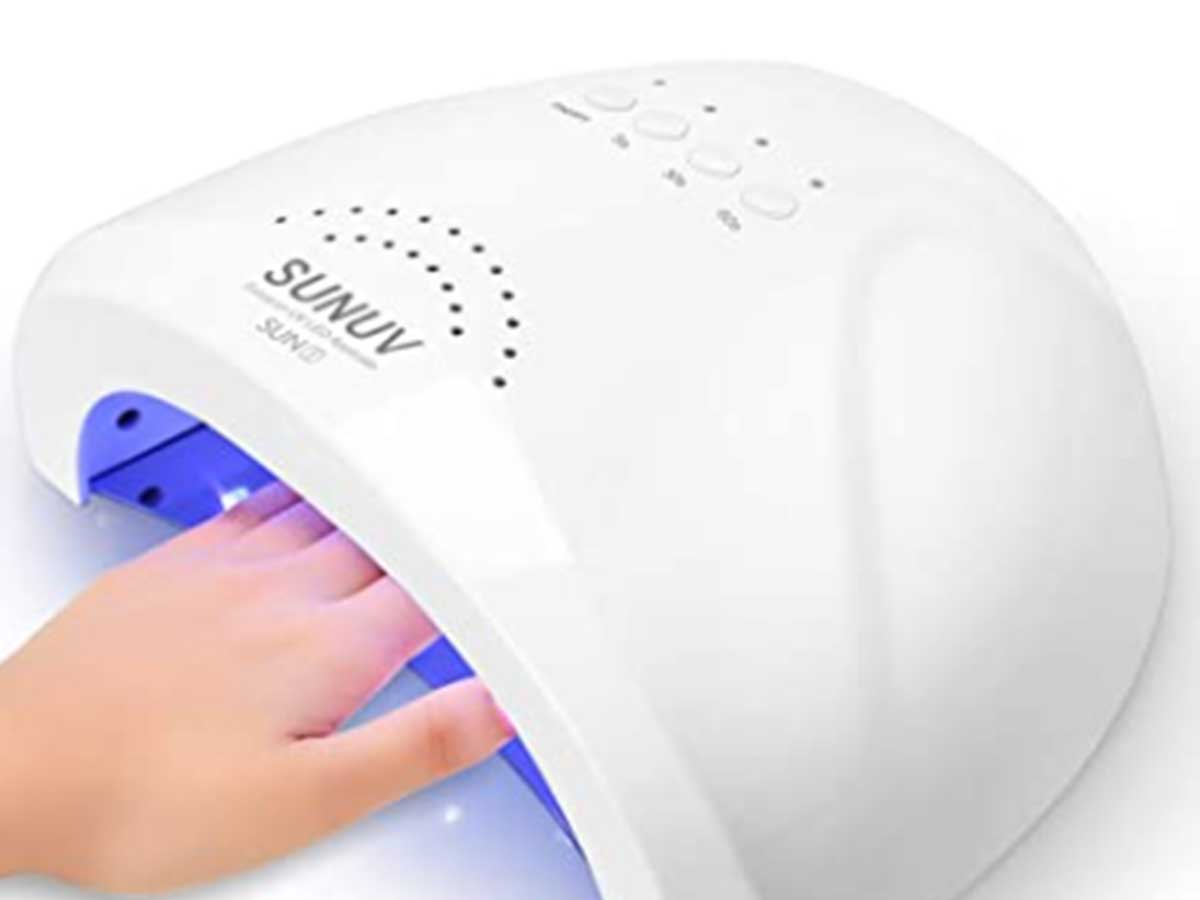
No one wants to pay $40 for a manicure only to have it chip within a few days. That’s why gel manicures have massively grown in popularity. The gel used in these manicures can weaken your nails, but that's not the only risk. The real danger lies in the light.
The UV light used in the procedure increases your risk of cancer, and that’s a high price to pay for a manicure. And it's not like you can avoid using the UV when getting this type of manicure! If cancer isn't enough of a danger, it also causes peeling, cracking, and premature aging of the skin. Painting your nails at home doesn't sound too bad now, does it?
Brazilian Wax

Brazilian waxes are a hot commodity during the blistering summer months when women around the world want to galavant on the beach without a single hair peeking through their bikinis. They're different from regular bikini waxes because they offer complete hair removal in the underground — and we mean complete.
Brazilian waxes can be dangerous for a few reasons. In the pursuit to be hairless below, you could end up with a rash or ingrown hair. The most dangerous thing that could happen is a skin infection. As workers use wax and trips to rip the hair, your skin becomes raw, irritated, and vulnerable to impurities.
Tanning Beds

We all know the dangers of too much sun exposure, but do tanning beds also carry those same risks? Yes, they do. The effects are pretty similar to the UV exposure for gel manicures. Even so, women go to tanning beds to darken their skin for that perfect golden complexion.
Several studies prove that tanning can lead to excessive aging on the skin and even cancer, which could result in death. Medical centers worldwide warn against sunbathing, including tanning beds as there is no "safe" way to be exposed to UV rays. Fun fact: tanning is your body's way of protecting you from UV damage! In cases like these, it's best to get a spray tan or use a lot of bronzer.
Lead
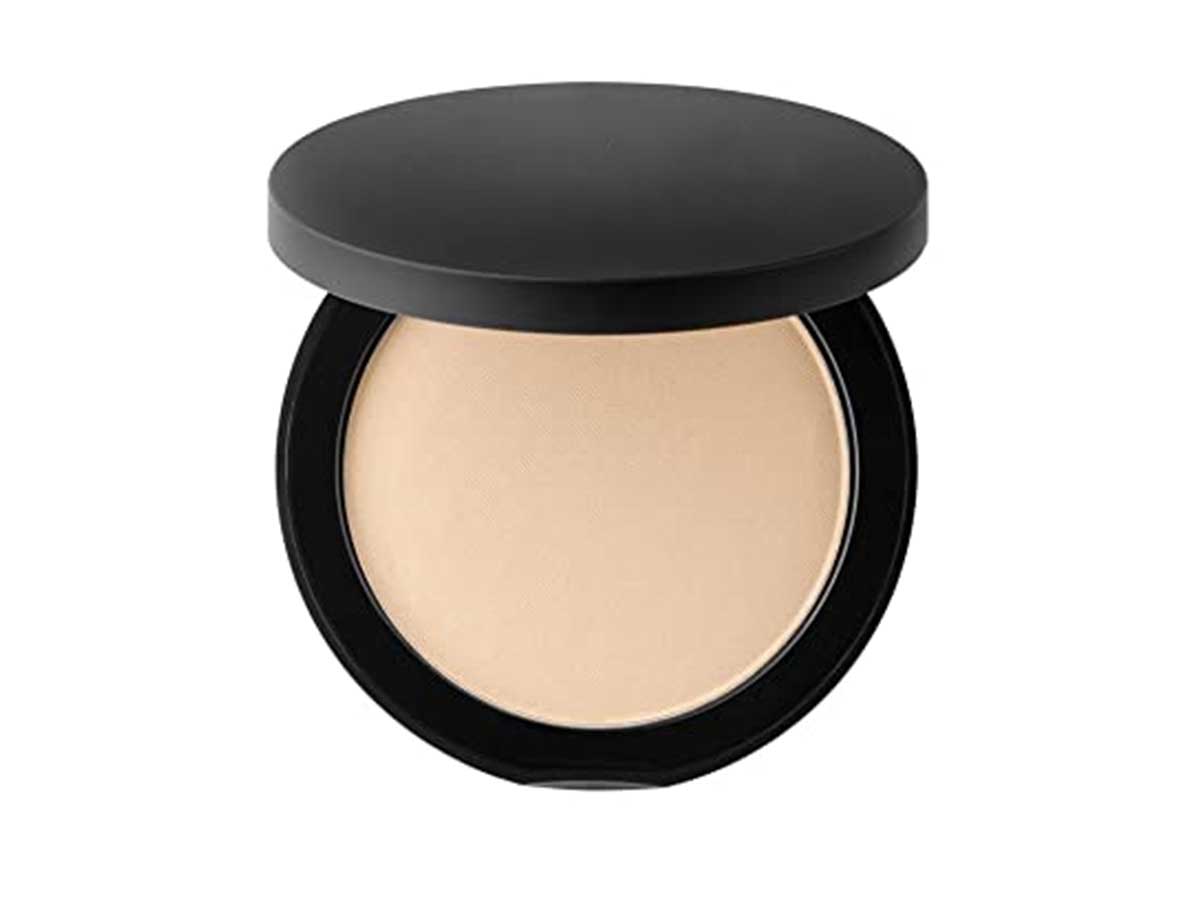
In the past, women wanted to look as white as snow as a way to show that they didn't have to do a day's work in their life. To achieve the ghostly look, they would slather their face with a thick layer of makeup that was made from deadly lead.
Side effects of lead exposure include unnaturally gray hair, dry skin, abdominal pain, and constipation. Eventually, the skin would rot away and leave scars! The practice can be traced back to ancient women in Greece and Rome, but Queen Elizabeth I infamously popularized this beauty trend in order to cover her smallpox scars.
Radiation
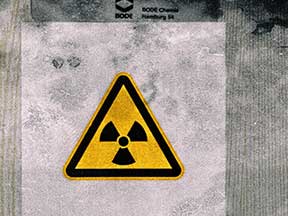
In the 1920s and '30s, women wanted to look young and fresh. Little did they know that their beauty secret was actually killing them. Touted as the latest scientific breakthrough in beauty, women used radiation to stay young. Eventually, studies found that it caused vomiting, anemia, internal bleeding, seizures, and cancer.
All the signs point to radiation poisoning, also known as radiation sickness. Such symptoms can begin within minutes of exposure to radiation, and the more radiation absorbed at any given time determines the severity of your symptoms. Any medical exposure to radiation is administered in a highly monitored environment. It's not something to play around with!
Tapeworms

Do you want to be thin? If the answer to your question is yes and you lived in the 1900s, you might have been offered a tapeworm. Taken in pill form, the worm moves through the digestive tract while eating nutrients your body needs. This makes the worm grow and the host shrink.
Sometimes, the worm could eat too much and cause death through malnourishment. Even worms have issues with self-control. You might be shocked that anyone would willingly reenact Monsters Inside Me just to shed a couple of inches, but take a look around! From "fit teas" to appetite-suppressing suckers, we haven't progressed too much since those days.
Belladonna

While it has a beautiful name, Belladonna is a very dangerous plant. Women in the Victorian ages didn’t know this when they dropped it into their eyes to create a glowing look. It made the pupils dilate while also causing blindness. Using the plant could also cause heart failure, coma, and death.
Ironically enough, Italian women named this poisonous plant after the phrase "bella dona" which means "beautiful lady." By preventing the nervous system from working properly, Belladonna increased pupil size along with sweating, salivation, urination, heart rate, and blood pressure. Despite these ugly side effects, the fact that it could dilate your pupils was the only thing that mattered.
Cyanide
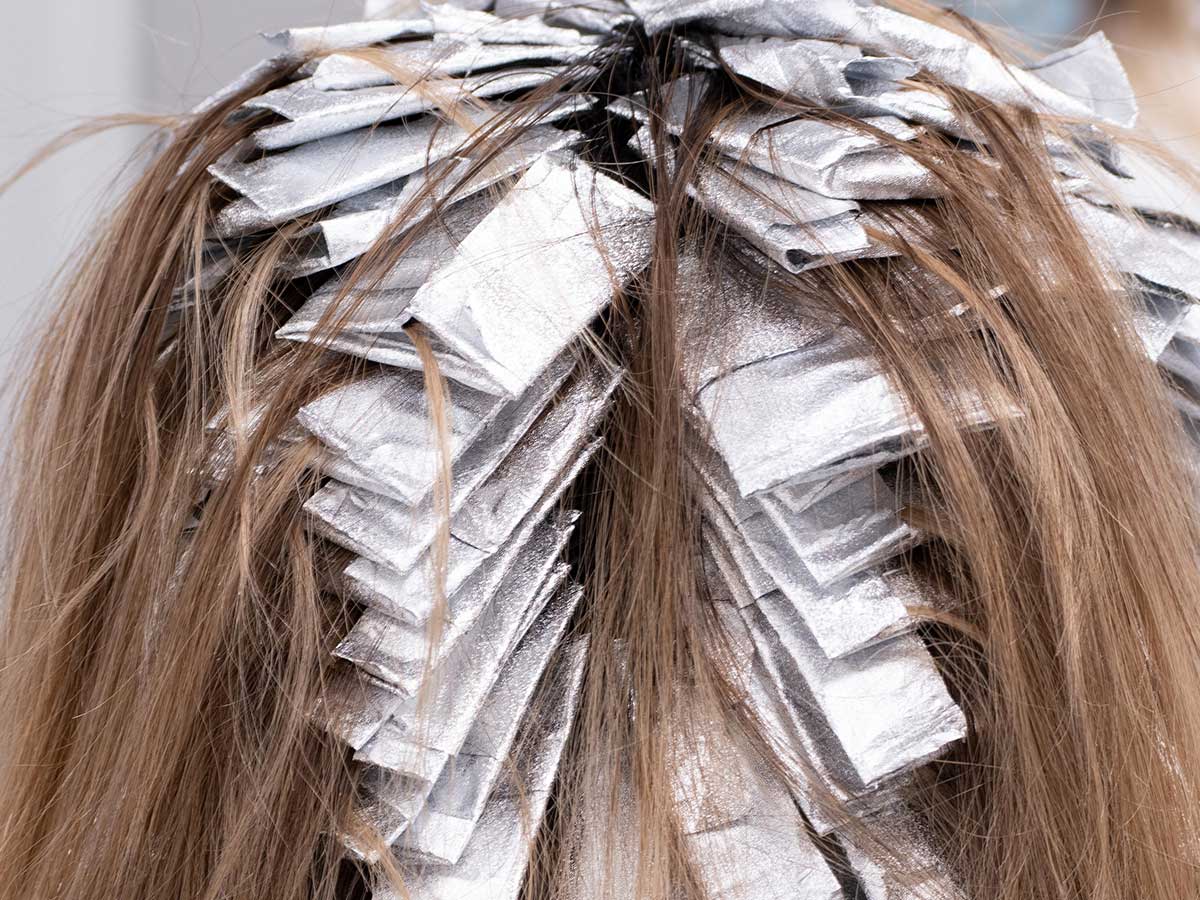
In the early 1900s, women began to realize that lead was a dangerous ingredient to use on their bodies. So, they turned to cyanide instead to dye their hair. Yes, cyanide. The dangers of cyanide weren't as well-known back then, so women would use this poison to dye their hair black.
Naturally, this would have harmful effects on women. And anyone, for that matter. Symptoms of cyanide poisoning include headache, dizziness, shortness of breath, vomiting, and death. We don't know about you, but suffering through any of those symptoms does not seem worth it for a cheap hairdo. Sure, beauty is pain, but we draw the line at death!
Arsenic for Complexion

Cyanide wasn't the only certified poison women used to fix discoloration. If you want a clear complexion in this day and age, there are a ton of products you can grab straight from the shelves or shipped directly to your doorstep. Unfortunately for those living in the 1800s, that wasn’t the case.
Women that wanted a clear and pale complexion would use arsenic as their go-to beauty product. It killed the red blood cells in the body while improving skin tone. It also caused vomiting, internal bleeding, hair loss, blindness, convulsing, and death. There really wasn't any foundation product they could use? Oh, right. Those were chock-full of lead!
Arsenic Dye
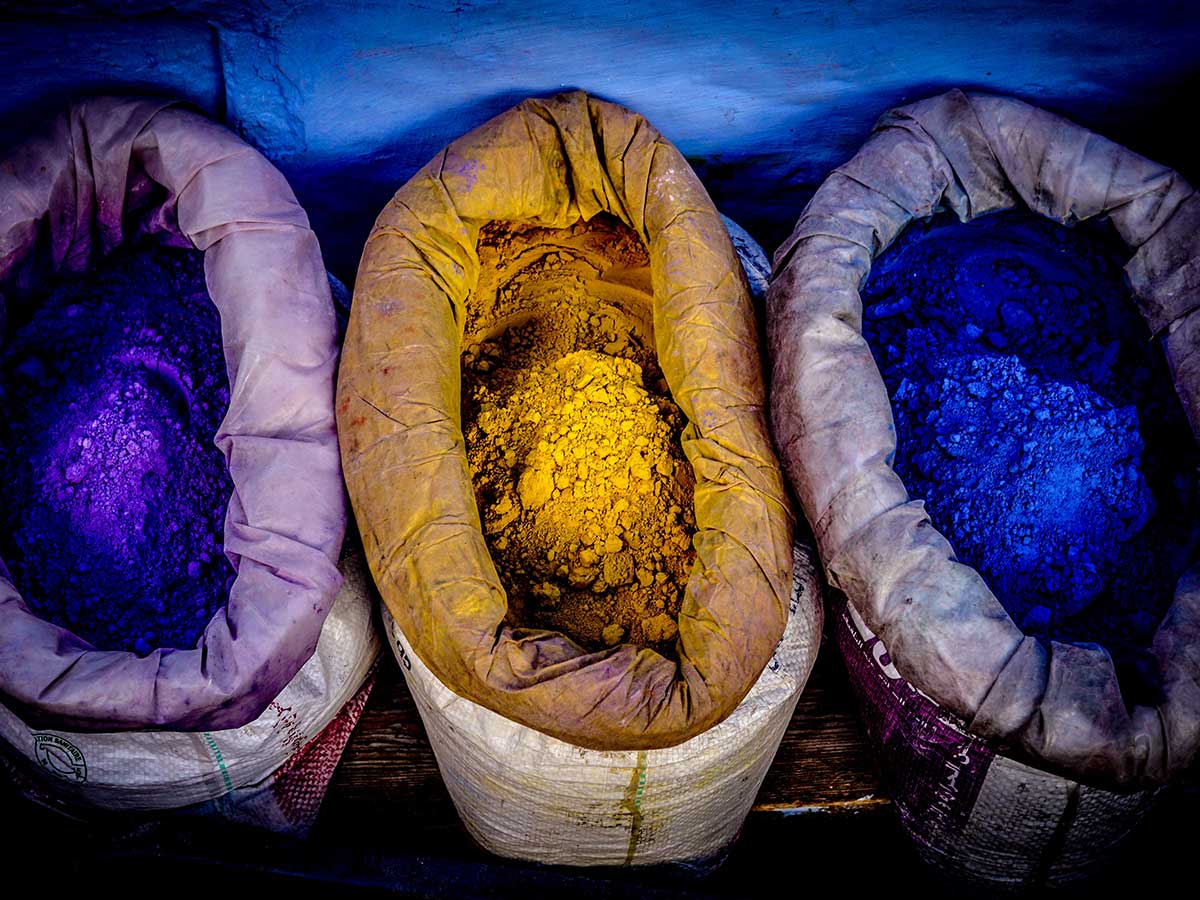
Much like how they used arsenic to mimic Queen Elizabeth's cakey pale complexion, Victorian women surmised that the poison was a multipurpose product. You may want to avoid green dresses from the 1800s... The dye was made with arsenic to make a dress that was to die for—literally.
The arsenic-based green dye was incredibly popular until doctors warned that it would cause the death of the wearer. The arsenic caused sores, scabs, headaches, and cancer. The danger didn't stop with dresses, unfortunately. Historical sources report that infants suffered the same symptoms after playing on green carpets or touching green wallpaper. Arsenic is banned from clothing production now (thank goodness), so be grateful that you're not breaking out in hives next Saint Patrick's Day.
Mercury

Nowadays we know that mercury is harmful to your health, but it was another method women used to clear blemishes like freckles and pimples. They used it similarly to an exfoliator while mixing it with other cosmetics. Women also used it as blush for rosy cheeks. This would lead to peeling skin, discoloration, damage to the neurological system, and much more.
Mercury abuse didn't stop with cosmetics. Hat makers of the 18th to 20th centuries were known for suffering from a condition called "mad hatter disease." Sound familiar? Lewis Carrol fans theorize that his famous Alice in Wonderland character The Mad Hatter was inspired by the effects of mercury poisoning that occurred while using the chemical for hat making.
X-Rays

X-Rays are useful, no doubt, but most doctors throw on a thick layer of lead to keep your internal organs safe. During the turn of the century, women wanted all the x-rays they could get to cure skin conditions like eczema and acne. They would be exposed up to 20 hours for 10 to 20 treatments.
By the 1940s, it was apparent that the treatment was causing cancer. If you remember what we said radiation sickness, the symptoms are pretty similar. That's why radiation therapists and X-ray technicians are specifically trained to use radiation and the proper safety techniques to protect both the patient and themselves from adverse consequences.
Corsets

Corsets are undeniably attractive even today, but they’re incredibly dangerous. Women used to wear whalebone corsets to force their body into an unrealistic shape. This would force the organs around the body, which would cause injury and severe damage. While some women may still use corsets, we rarely tighten them until our bodies rearrange.
The purpose of the corset was to create an illusion. With the help of padding around the bust and the rear, women wearing corsets appeared to have hourglass figures and an impossibly thin waist. But that illusion was never meant to become a reality! Not all corsets are detrimental to your organs, but they definitely cause complications if you overuse them.
Foot Binding

Historians aren’t sure where this fad truly began, but foot binding was popular in China until the 1940s. Women would fold the little toes of their toddlers back and tie them as tightly as possible. Sometimes the toes were as small as a teacup. The biggest issue is that the child could no longer walk without extreme pain.
Footbinding can be traced back to a dancer named Yao Niang in the 10th century. She probably wasn't the first person to practice this dangerous trend, but she apparently popularized it in china. She bound her feet into the shape of a new moon in order to impress the Emperor with her unique dance techniques.
Rib Removal

Believe it or not, women used to ask surgeons to remove a rib so they could have an impossibly thin waist. Sound familiar? Turns out corsets weren't the worst thing out there. However, this procedure can lead to all sorts of complications—especially infections, since this was common during the time before modern medical sterilization protocol.
Turns out that the earliest recorded rib removal for cosmetic purposes occurred in the early 1930s when a corset maker accused Polaire, a French actress, of removing her lowest ribs to make her waist thinner than humanly possible. I think it's safe to take a corset-maker at her word. We don't blame Polaire for her decision as she was probably being crushed by turn-of-the-century beauty standards.
Crinoline

A crinoline is a stiffened petticoat that held out a woman’s skirt. Corsets were — and remain — a dangerous beauty trend for obvious reasons. But crinoline? What's so dangerous about a big underskirt? Crinoline was famous during the late 1800s and early 1900s until many women started to die! Why?
The crinoline was easily flammable, and the massive amounts of fabric made women burn to death quickly. Other risks included entanglement in carriage wheels, losing balance, and flipping over the wearer if caught by sudden wind gusts. Not to mention how it was practically impossible to escape from danger because of how it limited the wearer's movements.
Chopine
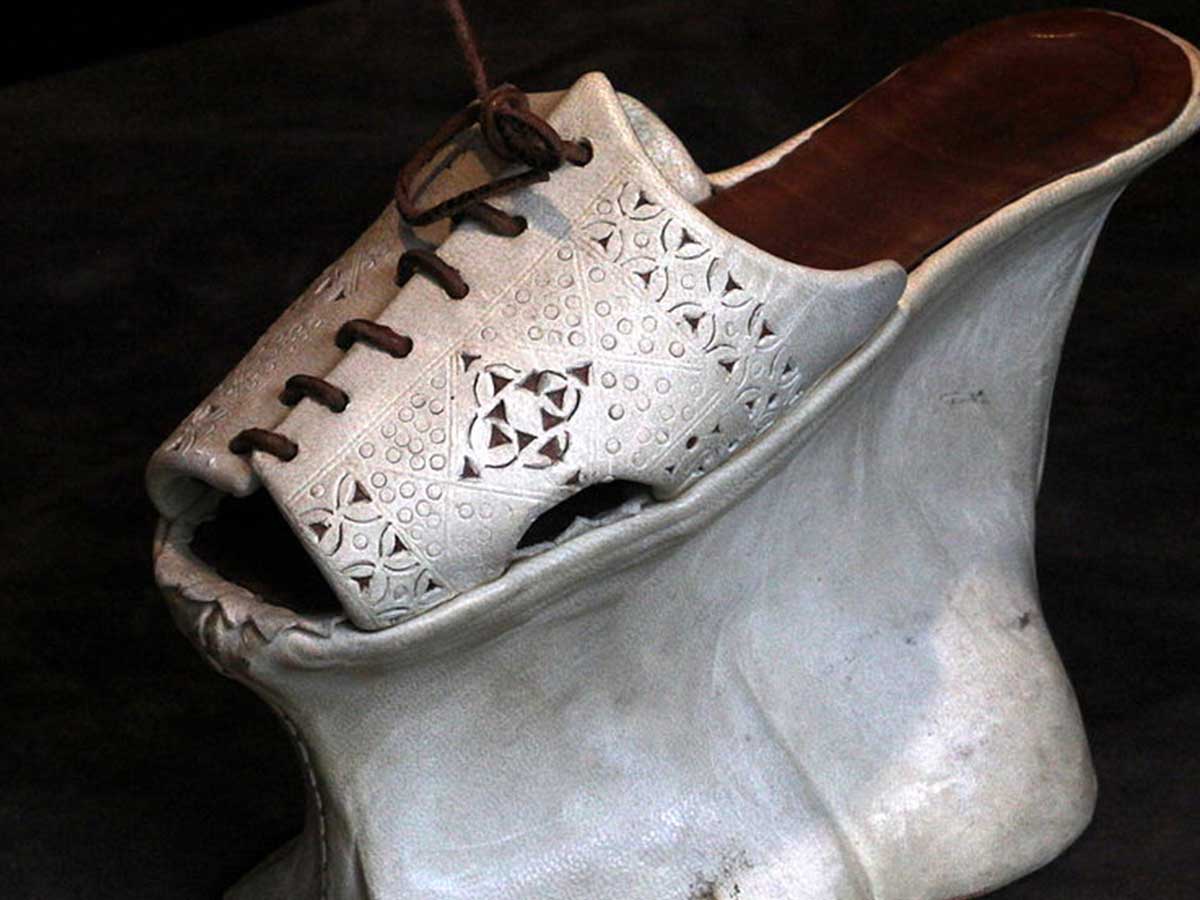
Are stilettos too much for you? Are you tired of wobbling on concrete and sinking into the grass? Maybe your hate for stilettos will be replaced by this little 'ole shoe called the chopine. The chopine was a primitive high heel that was a symbolic reference to the wearer's elevated cultural or social standing.
Throughout the years, chopines got taller, with some being as tall as 20 inches high! It made it easy for women to fall, and it could result in the death of the wearer. Sure, that's probably only in the most extreme cases, but if death was a probable symptom, twisted ankles were an everyday thing!
Stiff High Collar

While there aren’t as many risky men's fashion fads, the stiff high collar was extremely dangerous. In the 19th century, it was nicknamed the "father killer" for how easily it could cause death. It would cut off the blood supply to the carotid artery, which would kill the wearer through asphyxia or apoplexy.
Turns out beauty is pain for all genders, unfortunately... You're not safe either, men! Sometimes the collars were so stiff that they could cut through the skin on the wearer's neck, which isn't aided by the pressure and swelling that occur. in fact, these risks make stiff high collars one of the most dangerous beauty trends in history.
Neck Extensions
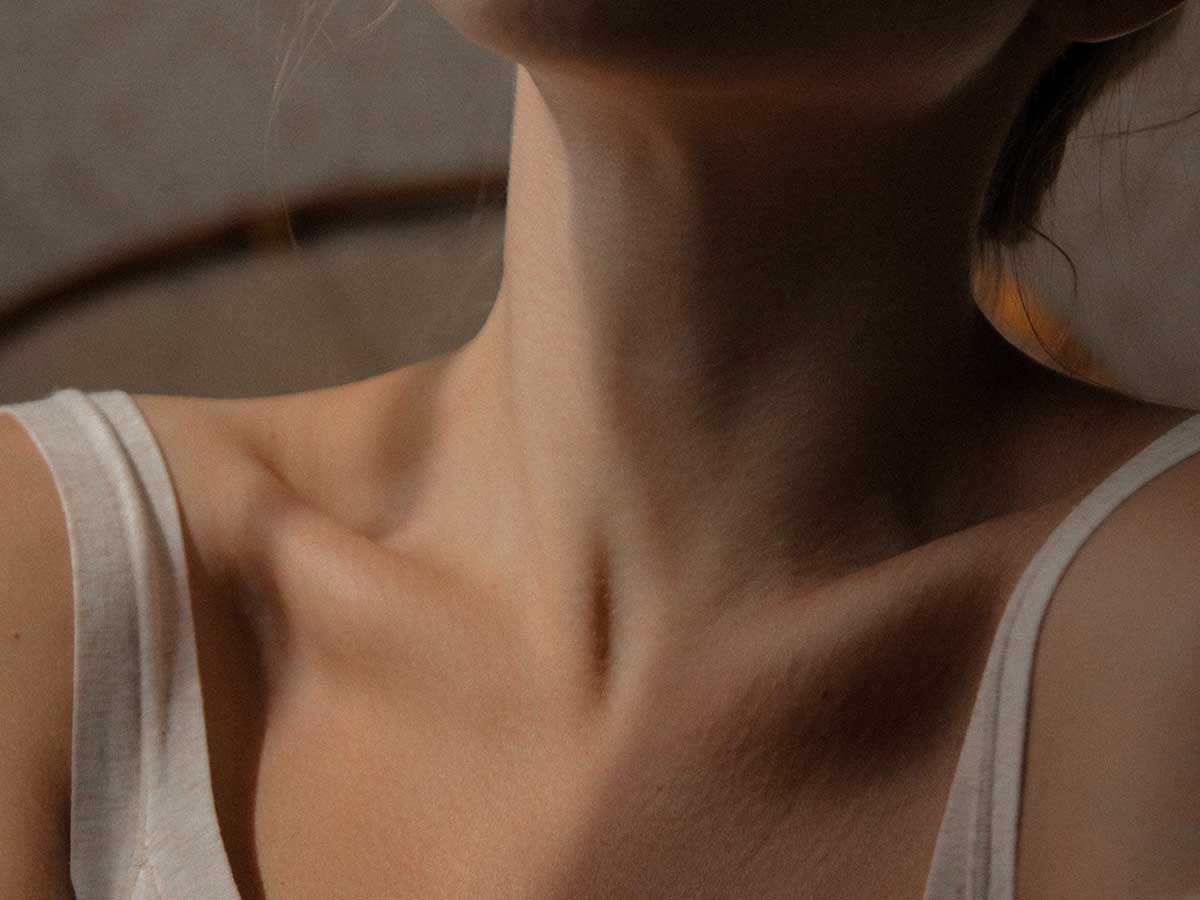
Having a long neck was a sign of beauty, and some women would do anything to have it. Some would use neck rings to deform the body of the wearer permanently, but this would cause incredible pain. This beauty trend is still in use in some countries, but most have abandoned the fad.
The most common symptom of neck lengthening includes compression of the spine, which deforms the wearer's muscles and skeletal shape on top of placing pressure on the arteries that transport blood to your brain. Plus, the rings exacerbate the associated risks of higher blood pressure, worsened respiratory function, and decreased blood circulation throughout the area.
Powdered Wigs

Powdered wigs weren’t deadly, but they were undoubtedly dangerous. These wigs were a famous status symbol that would often go unwashed. They became an ideal environment for lice and sometimes mice, depending on the size. The pests made it easy for disease to spread, until the end of the 19th century when the powdered wig fell out of style.
Why did people wear these wigs anyway? Syphilis was a common reason. this disease typically caused victims to suffer from hair loss, so they'd use human hair or low-cost animal hair wigs to cover up the symptoms. Additionally, they'd dunk their wigs in lavender or orange-scented concoctions to mask any foul smells.
Teeth Painting

While we continue to try and secure perfect pearly whites, women in southeastern Asia wanted black teeth back in the day. It was a symbol of health, beauty, and aristocratic status. Known as “ohaguro,” individuals drank an iron-based black dye with cinnamon and resin. The procedure would cause severe reactions until the practice ceased in 1870 due to government regulation.
On the flipside, modern-day tooth whitening also has its fair share of adverse effects. From increased tooth sensitivity to gum irritation, you may get more than you bargained for with that free whitening kit your new dentist gave you. Plus, participating in trends that damage your enamel is rarely a good idea because those effects are irreversible!
Wet Muslin Dresses

You may have heard of white muslin dresses, but did you know that these dresses were dangerous? Or rather, they could be dangerous. Long ago, women would wet their dresses before they went out to accentuate their figures. This practice led to cases of severe pneumonia and caused the deaths of thousands of women.
Turns out fashion is a lot more dangerous than people are willing to admit, especially before basic safety protocols were required in factories. However, this particular trend isn't the dressmaker's fault because women would wet their dresses themselves. However, it does point to how dangerous beauty standards can be because expectations for perfection are continually pushed yet remain an impossible goal for most women.
Vegetable Fibers

Wearing undergarments in the past was a dangerous game, considering you might purchase one made from vegetable fibers. This fabric was incredibly popular since it was also incredibly cheap. Little did the wearer know that the threads were flammable and were the cause of many fatal accidents in the 1800s.
It's actually terrifying how flammable clothing was. Sure, modern fashion can still catch fire, but not like how vegetable fibers catch fire. Fashionistas in this day and age should be more aware of the microplastics that are rubbed off their clothes every minute. From textile production to wearing and washing your clothes, tiny plastic fibers are released into the water supply and into the air you breathe.
Lysol Douche

In the 1960s, women that got a “not so fresh” feeling might have grabbed a can Lysol. Advertisements encouraged women to use the chemical for feminine hygiene as well as contraception. They had no idea that it was incredibly dangerous and could lead to injury, infections, and accidental pregnancy (if used as a "contraceptive").
Women's hygiene is routinely misunderstood and misregulated by people who think they understand what it entails but actually have no idea what goes on down there. A woman's nether regions, according to Dr. Vanessa Mackay on Patient.info, "has its own dedicated balance of bacteria which helps to keep it free from infections." Therefore, it doesn't need irritating soaps or chemicals to be clean. In fact, keep those far, far away!
High Heels
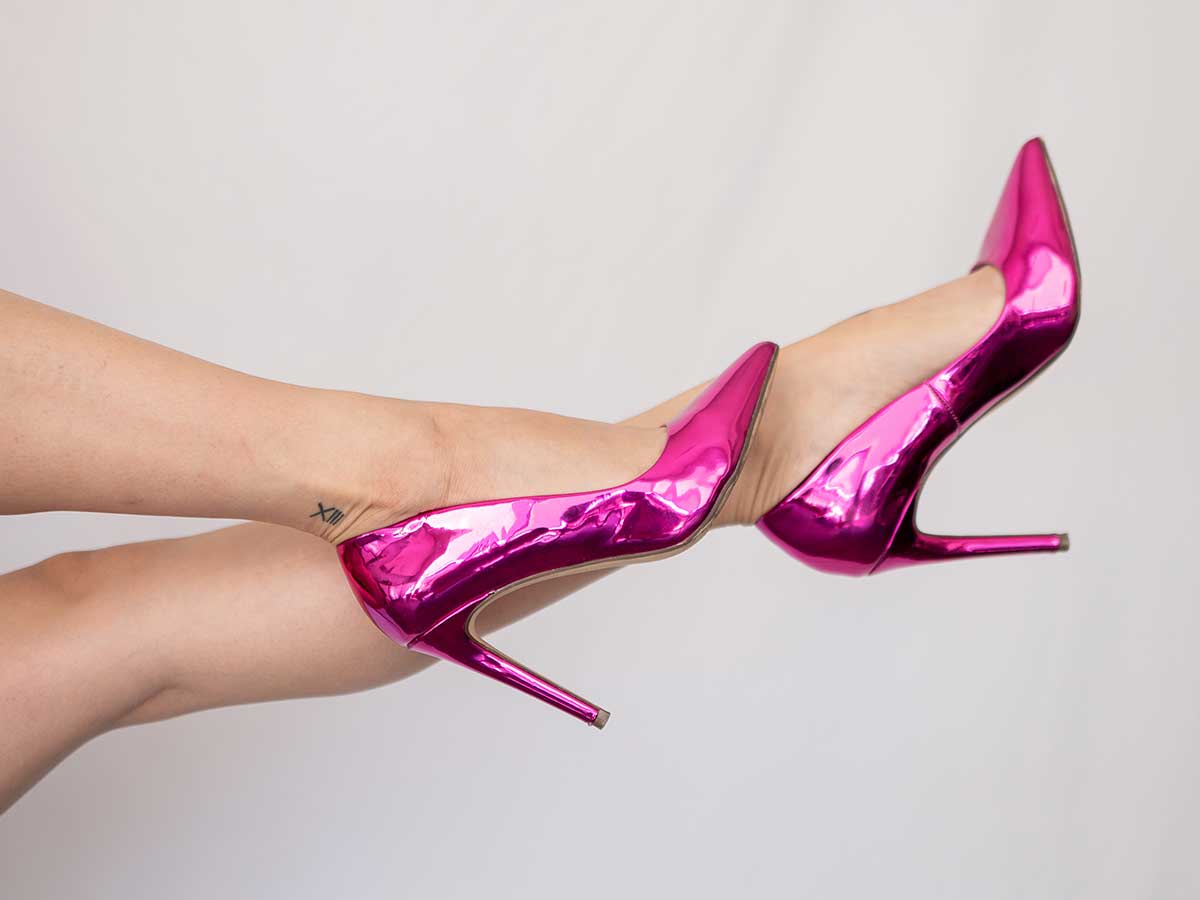
Not all dangerous beauty trends are a thing of the past. Current beauty trends can also be dangerous, including wearing high heels. We're coming for you, chopine! While women of the past wore impossibly tall shoes in order to protect their shoes and the rest of their outfits from the must of the streets, women now typically wear them for aesthetic purposes only.
Many women wear high heels with their outfits, but most don’t know that they can cause damage to the spine, hips, knees, ankles, and feet. It can also alter a woman’s posture and gait, which can cause excessive pain. And if you're someone who can't go a day without your high heels, you can actually change the shape of your Achilles tendon and calf muscles!
Hydroquinone

Age spot treatments may work wonders, but they can also be dangerous. They work by interrupting the formation of melanin, but they can also cause cancer if they’re made with hydroquinone. Studies have also shown that the chemical is also linked with ochronosis, a condition which, ironically, darkens the skin.
The most common side effects of hydroquinone aren't severe, ranging from minor redness or dryness if you have particularly sensitive skin. However, it's still may not the best option for treating age spots. But whatever you do, do not resort to the chemical peel. This dangerous treatment is effective for lightening the skin, but the slew of painful side effects is another thing coming...
Formaldehyde
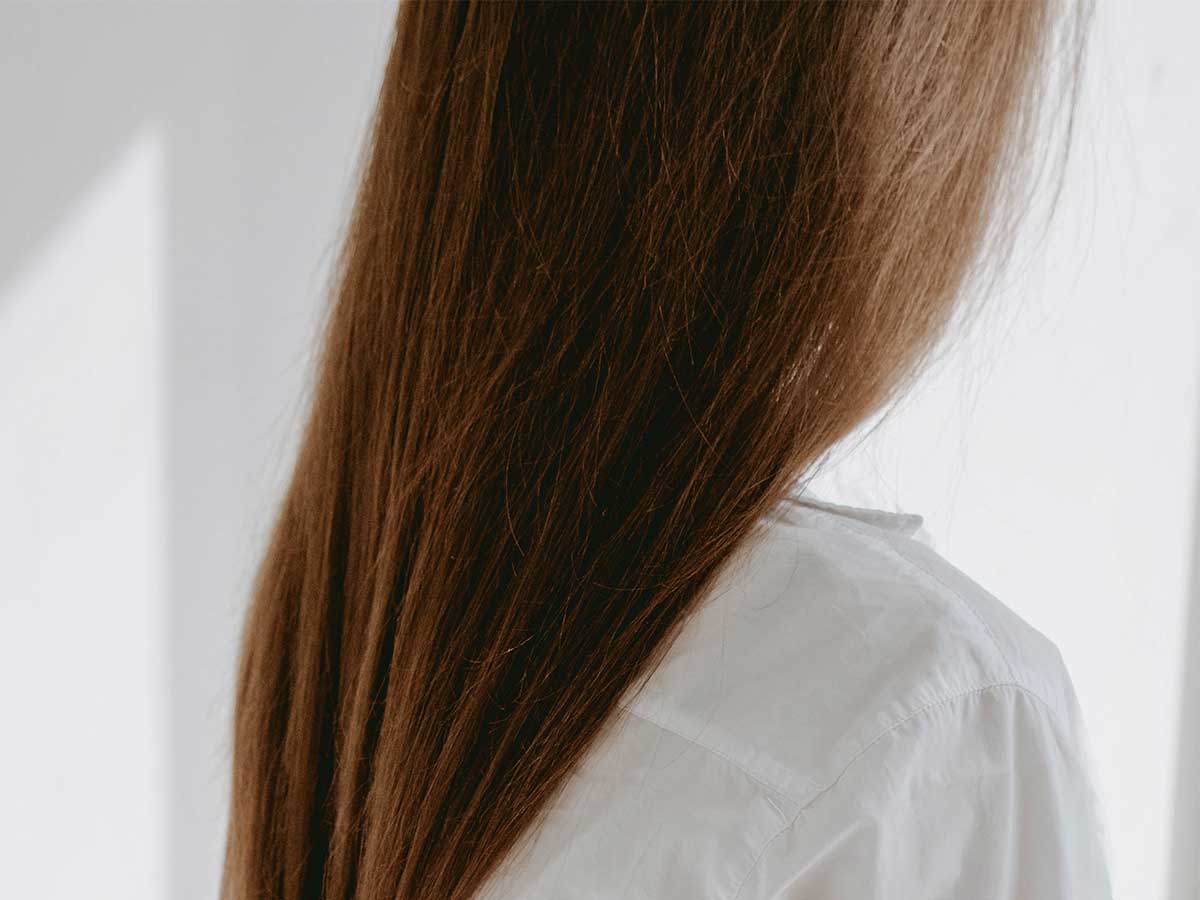
It isn’t unusual for a woman to get a hair straightening treatment for silky, smooth hair. You can't deny that Brazilian blowouts are absolutely gorgeous! Unfortunately, the Occupational Safety and Health Administration found that some hair straightening products contain unsafe levels of formaldehyde. It’s a known carcinogen that can also cause eye irritation, bloody nose, rashes, coughing, and wheezing.
It takes a little bit more TLC to get shiny straight locks all on your own, but it does wonders for your health to ditch the chemicals. Invest in a quality flat iron and follow these steps for a salon-quality look without the damage: (1) Use the lowest heat setting for your hair type, (2) Style on freshly washed hair, (3) Let your hair partially dry, (4) use a heat protectant, and (5) Straighten in slow, smooth movements on one-inch sections.
Botox
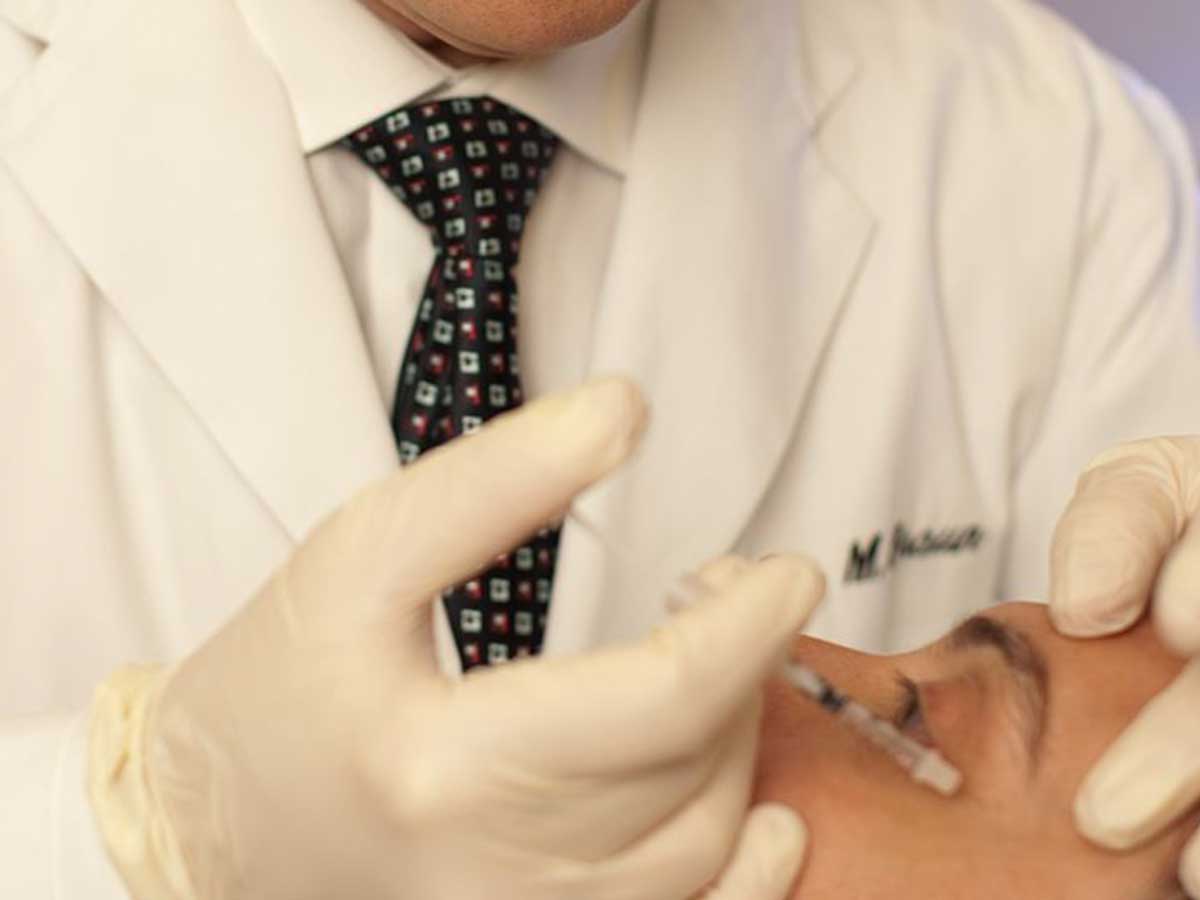
With a desire to look younger, many people choose to get botox injections. It may not seem scary, but the injections actually contain clostridium botulinum, the bacterium responsible for botulism. That’s right—to look young, some people inject a neurotoxin in their face. This can cause infections, permanent paralysis, and sometimes death.
We get it, blah blah blah, side effects. But safety when it comes to beauty trends isn't a joke! Trends are hip one day and out the next, so it's best to only get treated by experts in the industry. If you're looking for a bargain over quality, you should avert your attention to temporary cosmetics instead.
 Author
Darby Tanner
Last Updated: November 13, 2023
Author
Darby Tanner
Last Updated: November 13, 2023
